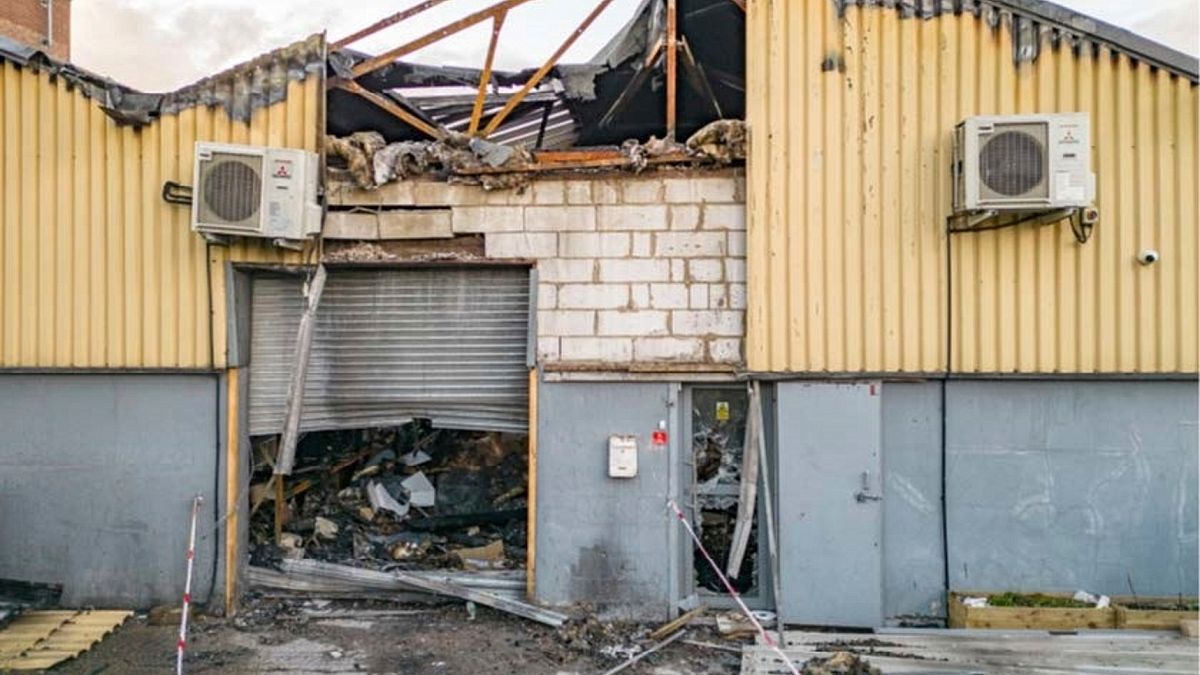

Around the world, multiple regions are facing rising tensions and conflicts that are capturing international attention. From Europe to the Middle East, the intricacies of these situations reflect a global landscape marred by strategic maneuvers and diplomatic talks.
In the United Kingdom, a court has found three individuals guilty of arson in a case linked to Russia’s Wagner mercenary group. The attackers targeted an industrial unit in Leyton where critical supplies, including generators and StarLink satellite equipment, were intended to support Ukraine. Prosecutors explained that the Wagner group allegedly used British contacts to orchestrate this operation, adding another layer of complexity to the ongoing conflict involving Ukraine and Russia. As nations attempt to navigate these murky waters, the verdict underlines the pervasive impact of geopolitical tactics beyond direct combat zones.
Simultaneously, the seas have become a focal point for contention. In a separate incident, two attacks were reported on the Greek-owned bulk carrier Eternity C in the Red Sea, resulting in casualties and sparking concern over maritime security. Yemen’s Houthi rebels claimed responsibility, suggesting ties to broader regional grievances, including support for Palestinian causes. Maritime routes are vital for global trade, and such acts significantly disrupt not only commercial activities but also the safety of international waters.
In response to these maritime tensions, Germany has summoned China’s ambassador regarding an incident where a military aircraft was allegedly targeted with a laser in the Red Sea. This aircraft was part of the EU’s Aspides mission, established to protect civilian vessels from attacks attributed to Yemeni Houthi rebels. The dialogue between Germany and China is pivotal, reflecting international commitments to maintaining regional stability and safeguarding maritime interests.
Further signifying the strained environment, Russia’s movement in Armenia has raised alarms, with Ukraine’s military intelligence asserting that Russia is increasing its presence at its largest base there. This development is shrouded in a mix of denials and counterclaims, underlining the persistent tensions in post-Soviet spaces where strategic interests clash. While Armenia officially refuted the claims, the situation remains a critical point of observation for neighboring regions.
On the diplomatic front, the United States is actively engaging in military support for Ukraine. President Trump recently announced plans to resume weapons deliveries, a shift occurring just days after a temporary halt in shipments. Citing the intensified pressure Ukraine faces, this decision emphasizes America’s stance in the ongoing Ukrainian conflict. It is a reminder of how global alliances and military aid play integral roles in modern conflict dynamics.
Meanwhile, in the Middle East, hopes for a rapid ceasefire in Gaza have been tempered by indications from Qatar that negotiations will take time. Indirect talks between Israel and Hamas, part of a US-sponsored initiative, aim towards a 60-day ceasefire before potentially securing a more permanent peace. While the path to tranquility is fraught with obstacles, the pursuit of dialogue underscores the enduring international commitment to peace-making efforts in conflict-ridden regions.
The interconnectedness of these events showcases a world entwined with challenges and opportunities for peace. As the international community navigates through these situations, the collective focus remains on finding resolutions that prioritize security, dialogue, and cooperation over discord.
Source: {link}
